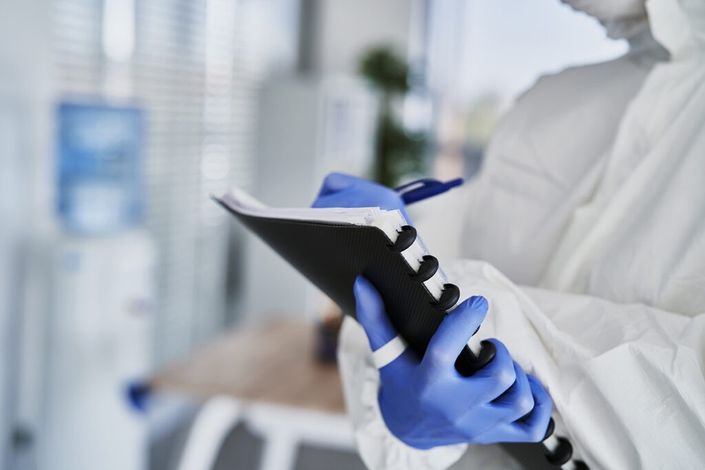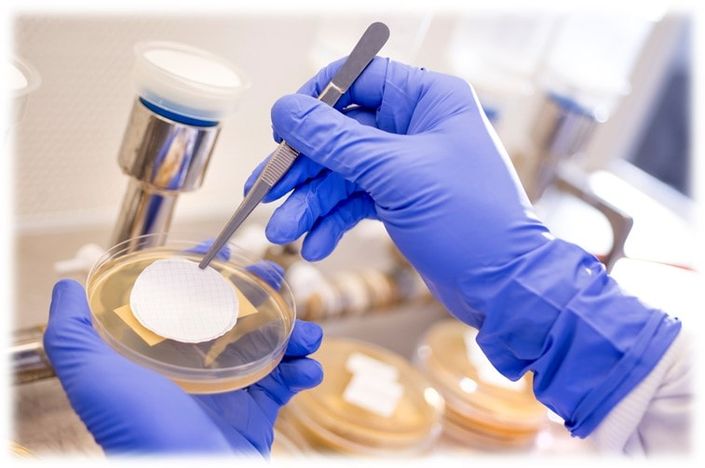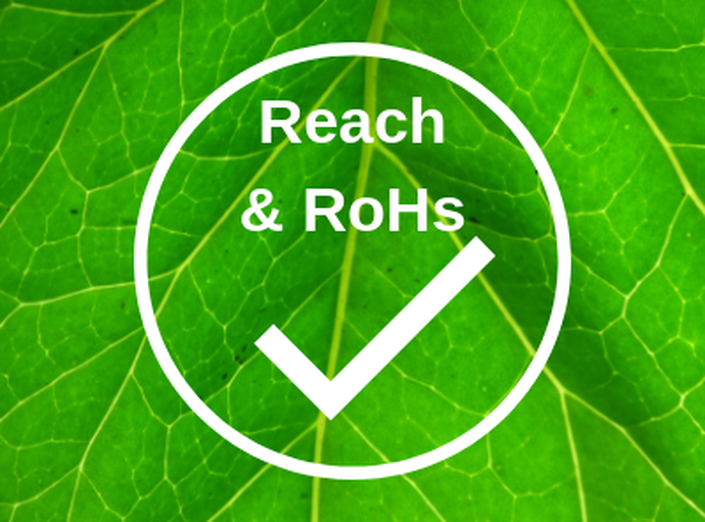Overview
The development of medical software is subject to strict regulatory requirements, particularly in the EU (MDR, IVDR) and the USA (FDA). This course provides a compact and practical overview of what needs to be considered when developing, approving and operating medical software - from the initial idea to market launch and beyond. Particular attention is paid to the distinction between software as a medical device (SaMD), the requirements for technical documentation, usability, risk management, cybersecurity and relevant standards such as IEC 62304, IEC 82304, ISO 14971 and ISO 13485.
This compact 90-minute course provides a focused introduction to the development of medical software requirements and a deep understanding of the regulatory requirements resulting from international, European and US regulations. The course teaches the basic and advanced regulatory requirements that must be considered when planning, developing, validating and placing software with a medical purpose on the market.
Why Should You Attend
- Distinguish between regulated and non-regulated software,
- Correctly classify regulatory obligations,
- Implement standardized development processes,
- Avoid typical mistakes in software validation and approval.
Webinar Takeaway
Definition and classification of medical software
- Software as a medical device (SaMD) according to MDR Art. 2 No. 1 and MDCG 2019-11:The course explains the criteria for classification as a medical device (Medical Device Software, MDSW) and distinguishes it from non-medical devices.
- Classification rules according to Annex VIII MDR, in particular Rule 11 for software:Practical examples for classification in Class I, IIa, IIb or III.
- US regulation according to 21 CFR Part 820 (Quality System Regulation) and FDA guidelines on software as a medical device (SaMD).
Relevant regulatory frameworks
- EU law:
- MDR 2017/745 - General Safety and Performance Requirements (GSPR) with a focus on software
- IVDR 2017/746 - if the software is intended for in-vitro diagnostics
- MDCG Guidance Documents (e.g. MDCG 2020-1, 2019-11, 2019-16)
- Data protection (GDPR) - consideration when storing and processing health data
- US law:
- FD&C Act, Section 520(o) - exemptions and special rules for medical software
- FDA SaMD guidelines (e.g. “Software as a Medical Device (SaMD): Clinical Evaluation”, IMDRF)
- 510(k), De Novo and PMA as possible approval procedures
- FDA Pre-Cert Pilot Program
- International:
- IMDRF Framework for SaMD - Basic model for risk classification and regulatory expectations worldwide
Normative requirements and standards
The course covers the most important harmonized standards and international standards:
- IEC 62304 - Software lifecycle processes for medical software
- IEC 82304-1 - Product specifications for healthcare software
- ISO 14971 - Risk management for medical devices, including software-specific risk assessment
- IEC/TR 80002-1 - Application of risk management to software
- ISO 13485 - Quality management system for medical device manufacturers
- ISO/IEC 27001 - Information security management system (for networked software)
- Usability Engineering (IEC 62366-1) - User-friendliness as a safety aspect
- Post-market surveillance (MDR Art. 83 ff.) - incl. software-specific requirements
Artificial intelligence and new regulatory requirements
- Overview of the EU AI Act - application to medical software with AI elements, classification as high-risk AI systems
- Requirements for Good Machine Learning Practice (GMLP)
- Dealing with adaptive algorithms, bias, fairness and explainable AI
Documentation and approval strategy
- Structure of the technical documentation in accordance with Annex II & III MDR
- Specifications, architecture, software requirements specifications (SRS)
- Traceability matrix, test strategy, validation evidence
- Strategies for FDA approvals: Pre-submissions, 510(k), De Novo Pathway
- Requirements for cybersecurity documentation, incl. patch management and threat analysis (e.g. according to FDA “Cybersecurity in Medical Devices”)
Who Will Benefit
- CEO’s of companies, which sell medical software to Europe
- Regulatory Affairs Managers of Companies, which sell medical software to Europe
- Quality Managers of Companies, which sell medical software to Europe
-
Quality Representatives of Companies, which sell medical software to Europe

Faculty Frank Stein
Senior Expert Medical Devices, Frank Stein healthcare projects
Dr. h.c. Frank Stein, medical engineer, medical engineering experience since 25 years, clinical and research experience in cardiac surgery and cardiology, industrial experience in ophthalmology, neurology, traumatology and dental implants, active implants, active devices, international project and regulatory consulting experience in Europe, North-America, Asia, Australia, Arabic Countries, Latin-America.






